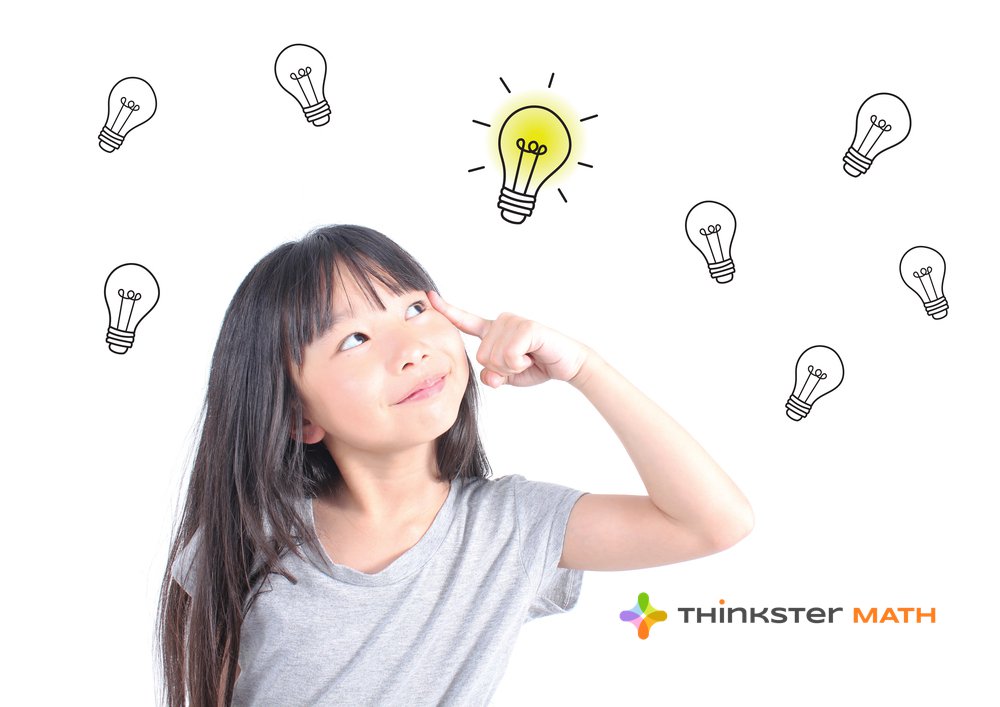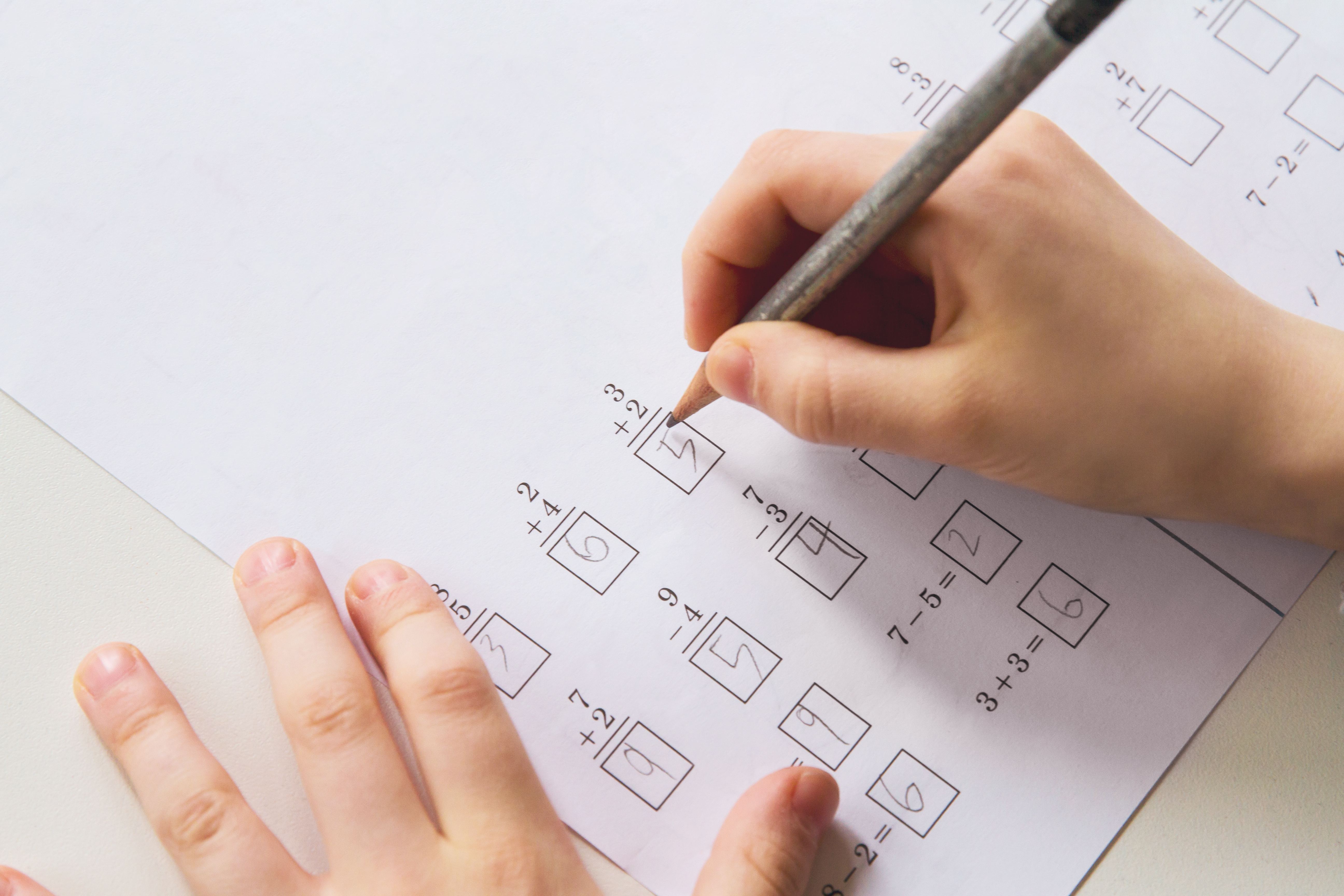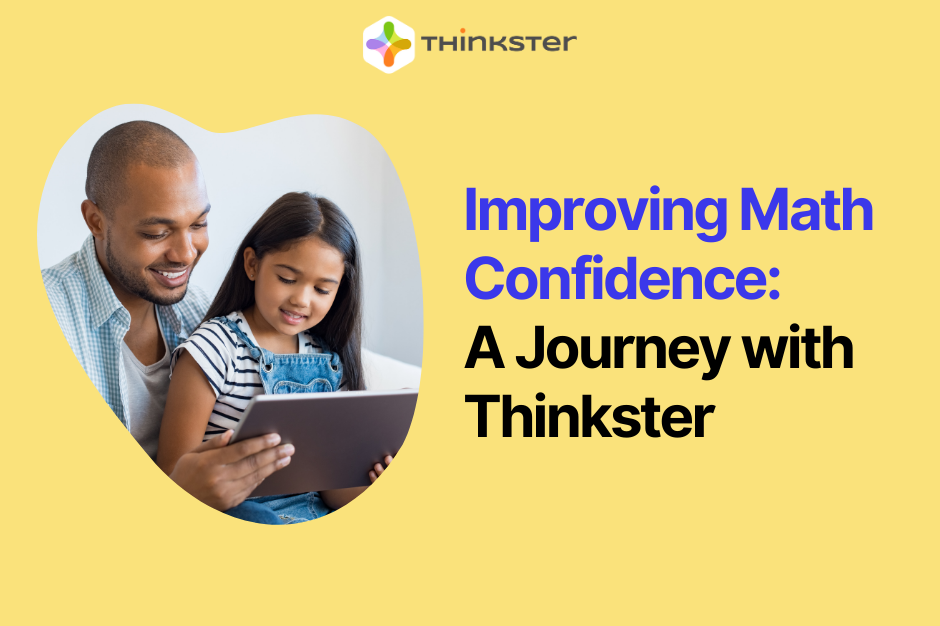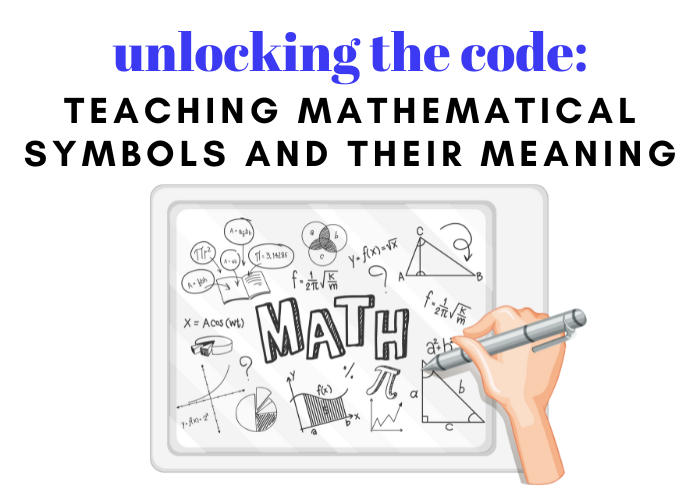

Last Updated on August 31, 2021
“Everyone, clear your desks. When I say go, flip your papers over and start!”
In early elementary school, math drills used to be the focal point of many math class lessons.
Teachers would place papers upside down on the desk, and as soon as they said the word ‘go’, papers were flipped over and students rushed to solve as many math facts as possible in a minute.
There’s no denying the importance of fact fluency, as computational skills are tied to logical reasoning and critical thinking problems. But a curriculum or math learning program that only focuses on rote memorization is limiting for students when it comes to higher levels of questioning and thinking skills.
Think of Albert Einstein.
If his educational focus was solely on math drills, do you think he would have developed the theory of relativity? Do you think he would have taken steps to think creatively and challenge what existed or was known?
For students to become the next great world thinkers and creators, there are a few notes they should take from Einstein.
Math drills are a list of math facts that are given to students so that they can work on speed and accuracy when solving. Students are often given a time limit so that they can see how many they can solve within that period.
 In early elementary school, computational skills are important as students develop fact fluency. Math learning centers, like Kumon®, also focus heavily and mainly on computational fluency.
In early elementary school, computational skills are important as students develop fact fluency. Math learning centers, like Kumon®, also focus heavily and mainly on computational fluency.
But only focusing on this style of learning is rigid and dated, and school curricula now introduce analytical, logical reasoning, and critical thinking questions in first grade.
And Einstein wasn’t a fan of focusing on these types of problems or math drills either. As Walter Isaacson says in a biography, “He found the style of teaching—rote drills, impatience with questioning—to be repugnant.”
Rote drills give little way for taking time to consider other answers or strategies for solving.
If you think about Einstein and what made him an incredible thinker, he had a willingness to always think creatively and openly. He took the time to think about problems he was eager to solve, which meant examining and considering the problem at different and multiple angles.
The way to expand the mind into this train of thought is by developing logical reasoning and critical thinking skills.
Math drills alone won’t get you there.
When trying to solve a problem, the process of trial and error means that you will use different strategies until you find one that works.
And just because someone used one strategy to solve a problem, doesn’t make it the only or best strategy.
Often, when we are told and taught one thing, we accept that rationale as the truth. We stay in a comfort zone and don’t take a moment to speak up and politely challenge.
Einstein wasn’t this way, though.
Einstein would consider everything at different angles, and he was willing to challenge what was the ‘norm’. He experimented and tried different strategies.
And this can be applied to math too.
Think about solving 90+90. Because of practice with math drills, many students are able to spit out 180 as the answer.
But there are other ways to solve the problem. When adding 90 + 90, you can use flexibility and manipulation to change the numbers to 100 + 80. When calculating this mentally, it’s easier to visualize and your mind is going beyond using speed facts to solve.
And here’s another example of how manipulating numbers can still get you to the answer you are looking for:
Lastly, is the importance of solving real-world problems. Einstein himself struggled with accepting curricula that focused only on rote drills. It was when he was working at a patent office that he was inspired by real-life scenarios and published four articles that would change science and the understanding of the universe.
For students, this means studying a curriculum that gives examples that they can actually relate to.
Understanding the relationship between math and the real world encourages students to use logical reasoning skills. Students with strong logical reasoning and critical thinking skills are eager to become scientists, mathematicians, data analysts, engineers, and more.
The world is full of endless opportunities and potential.
If you want your child to think like Einstein, then it’s important that they think critically and creatively. Their school curriculum or math learning program needs to provide them with more than just fact fluency and math drills.
This is one of the many reasons that parents love Thinkster Math, as the curriculum builds logical reasoning and critical thinking skills. Students are also taught different strategies for problem-solving, and the curriculum “develops your child’s ability to think non-linearly, creatively, and analytically with data.”
There are also many word problems which include real-world examples. This helps students bridge and apply different math strategies to real life.
Thinkster Math students also learn not to fear failure. Learning from mistakes and experimenting are crucial and make for a great student. Getting an answer wrong is not indicative of intelligence. In fact, Einstein made mistakes too!
Turning wrong answers into teachable moments and learning opportunities will have your child expanding their thinking even more. Thinkster Math students know that if they don’t get an answer right the first time or don’t understand the strategies for solving, then that’s okay. It’s about trying again.
This is why the world is constantly experimenting and evolving – so that we can learn and become better.
Ready for your child to expand their thinking skills and become more like Einstein? Explore Thinkster Math’s curriculum and register for a free trial to see the incredible learning opportunities and outcomes your child will have.
Note: Kumon® is a registered trademark of Kumon North America, Inc. Thinkster Math is in no way affiliated to the same.


